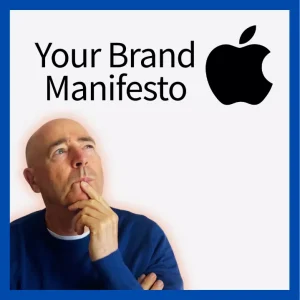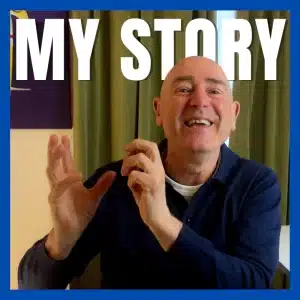It’s coming around to that time of year again when I stay up late to watch perhaps the most spectacular sporting events in the world: Le Tour De France. And, in the spirit of cycling and innovation we share ten innovation lessons from the creation of Specialized S-Works Venge ViAS bike that Mark Cavendish and Peter Sagan will ride at this years tour.
Source: SBS Cycling Central
- Big jump – This project is only worth doing if we’re going to make a big jump, a ‘really aggressive target’.
- Hyperfocus – Notice the intense focus – it was all about making the cycle faster. And, they weren’t trying to achieve four different things, only one.
- Ground up – To create a big jump they needed to work from first principles. Plus they had to question all their assumptions about things ‘that can’t matter’ that actually matter. They effectively reconsidered the role of every single element.
- As one – Each element was considered as part of the whole package or as the one total effect and it was all directed to the single hyperfocus.
- 100 little things – This wasn’t about making one big idea, instead it was about experimenting and improving on 100 little things – literally one per centers and “No detail is too small”.
- User first – This wasn’t about a conceptual exercise to create the theory of a fast bike. It was a real project directed to being fast for the rider, thus ‘Rider First Engineered’.
- The Right Tools – Did you notice the opening line… They built the world’s first specific wind tunnel for bike design.
- Specific and measurable results – When cycling races are often won by seconds, to save 127 seconds over 40 kilometres is a spectacular result.
- Real End User Tests – The finished result was to have a professional bike rider (Mark Cavendish) take it for a spin.
- Showcase it – Love the cool video to showcase and promote the end result! And, notice they told a story!
[Tweet “Innovation Lessons from the World Fastest Bike #innovation #cycling”]
QUESTION: That’s a lot in 5 minutes of video. Did I miss any innovation lessons here? What would you add?



